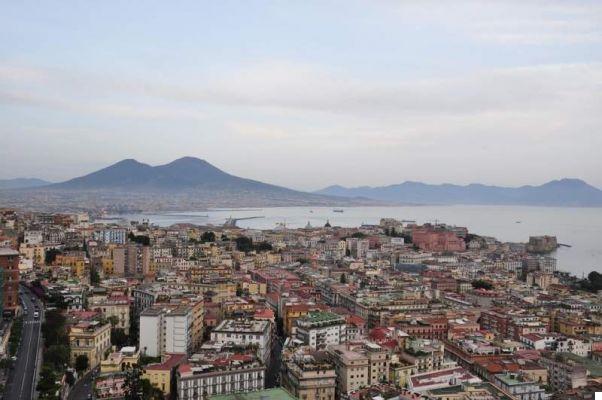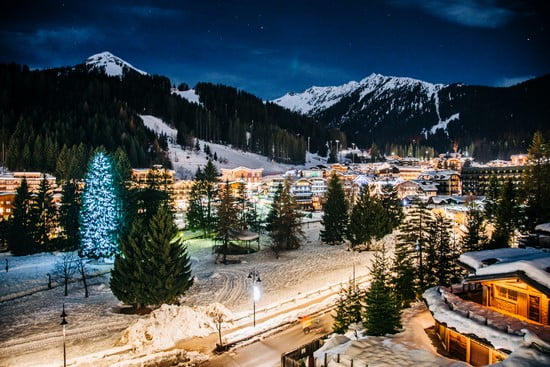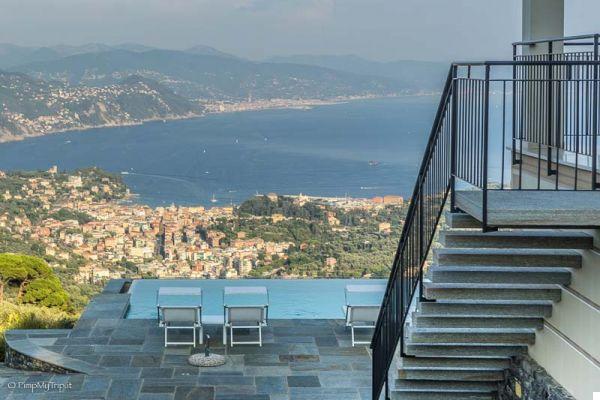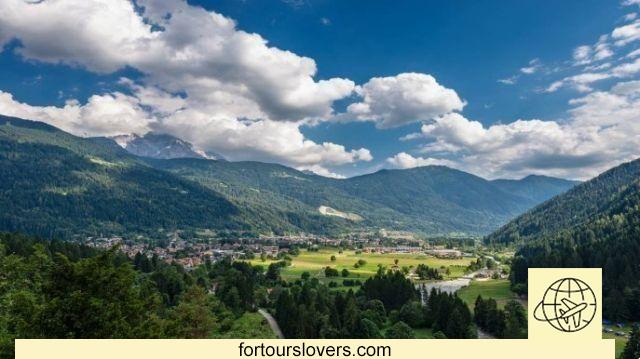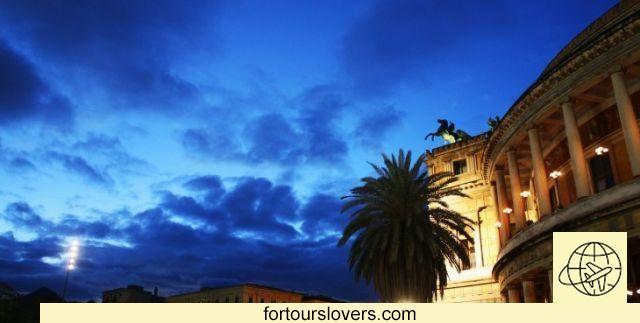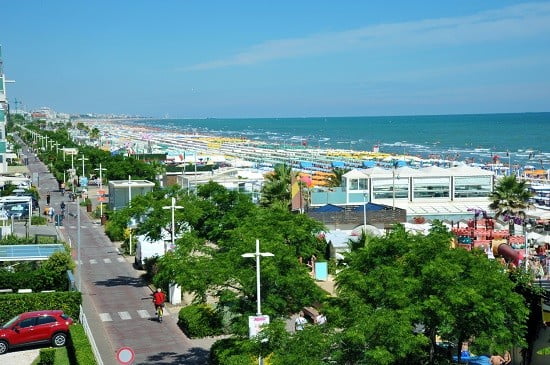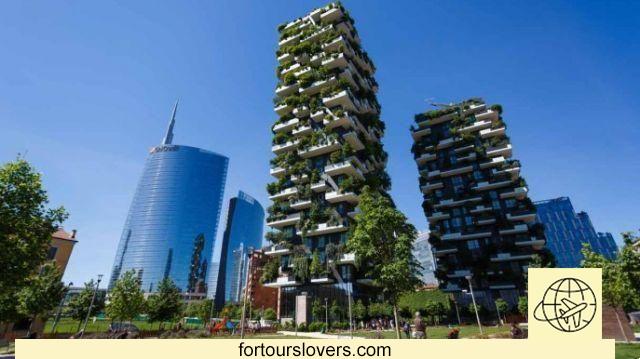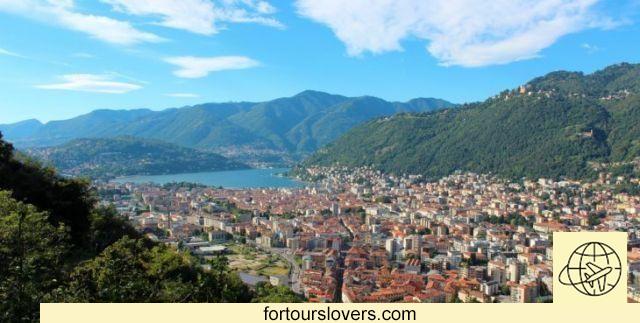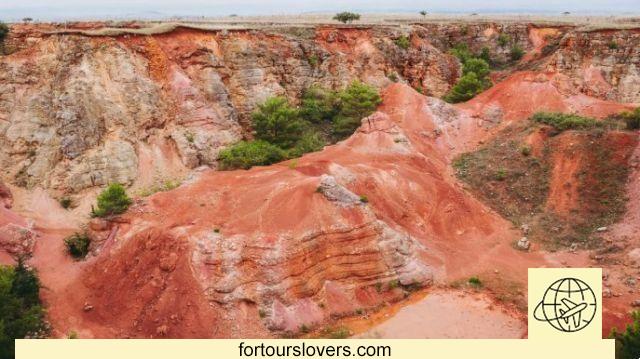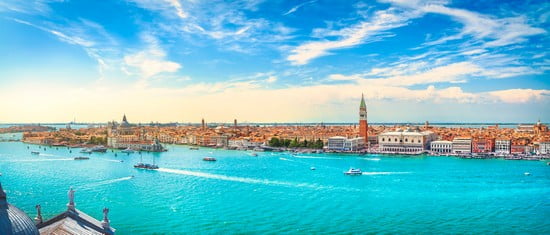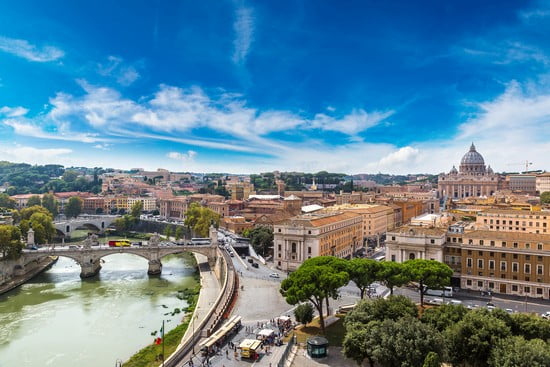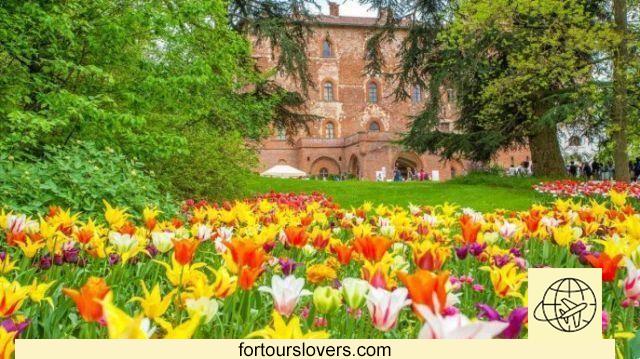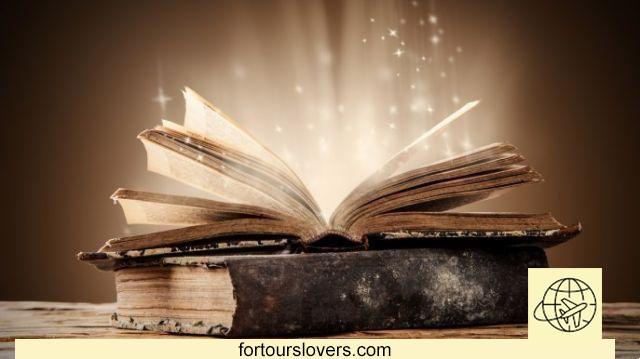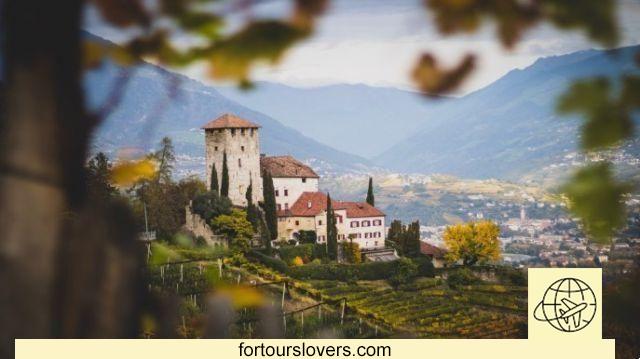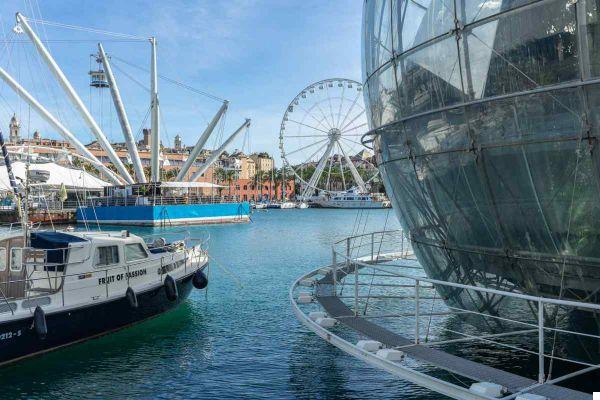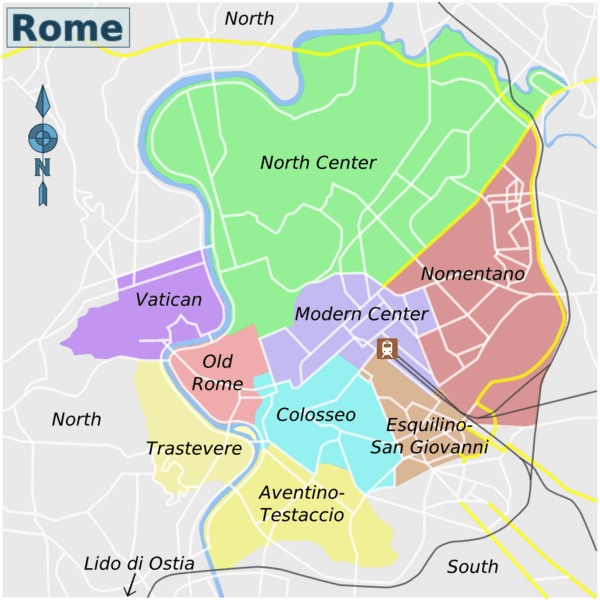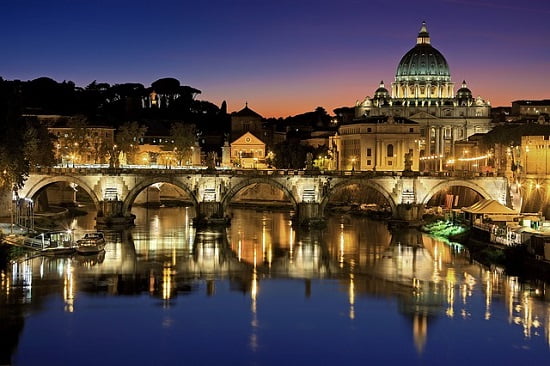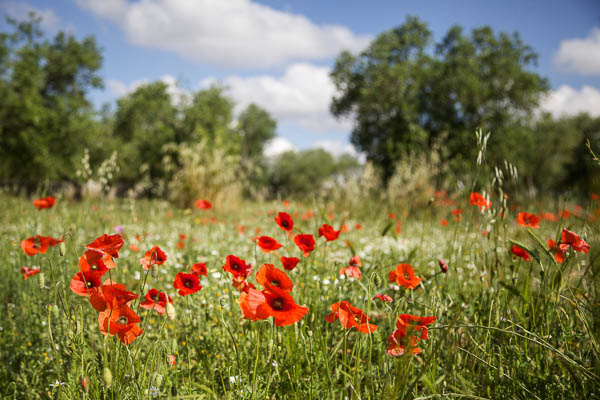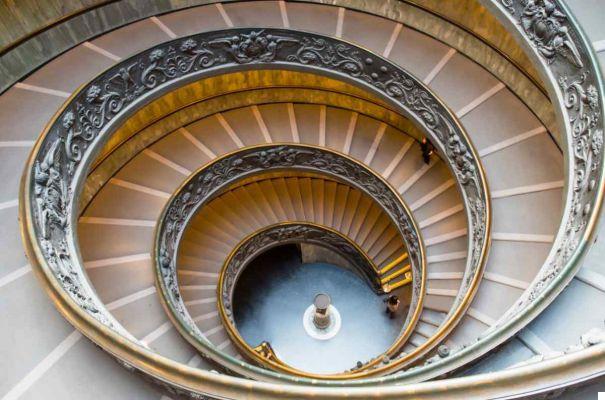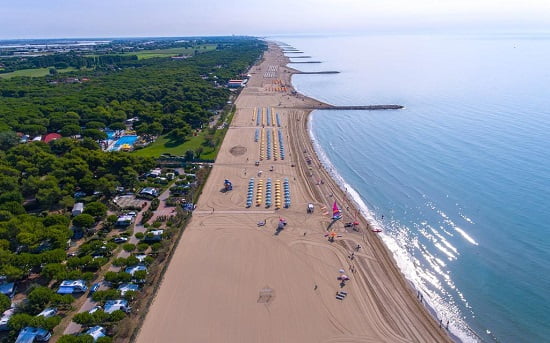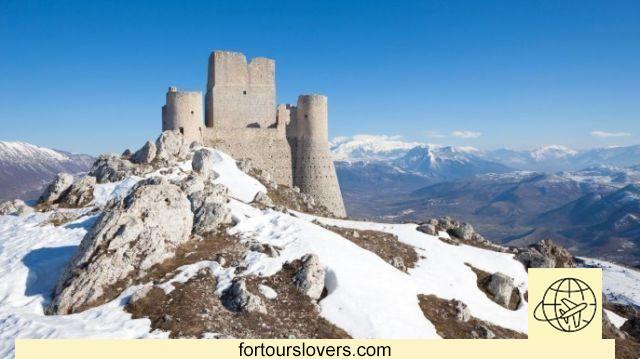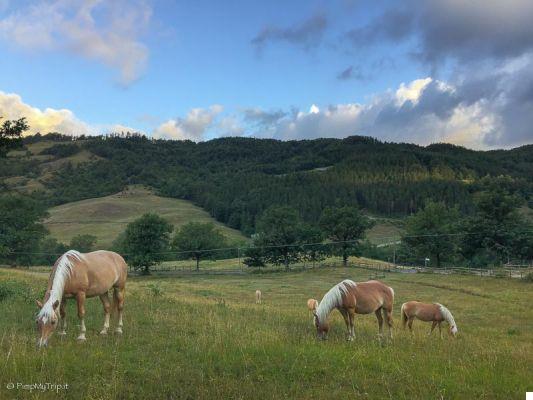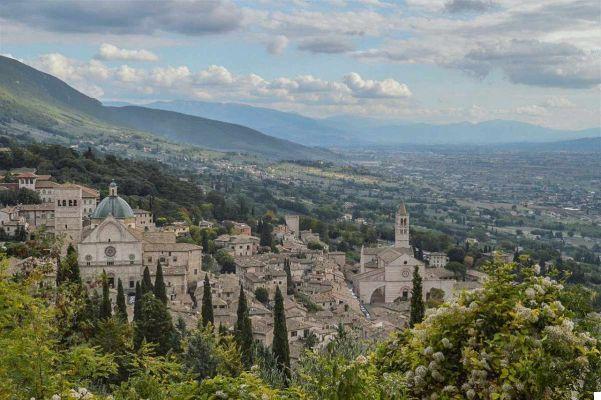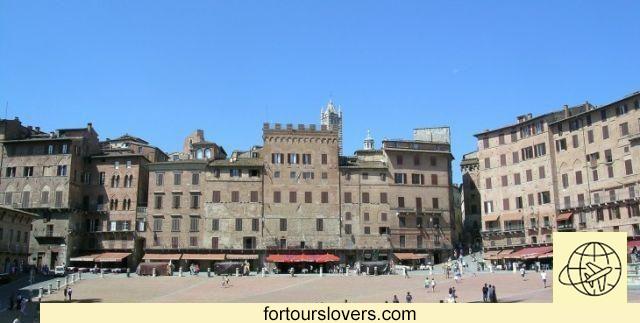
Siena
12 things to do and see in Siena and 1 not to doTo say that it is one of the most beautiful cities in Tuscany is true but it is not enough. It is an understatement even to say it with respect to Italy, since the stage of Siena is the world. As happens in other locations, however, you realize it only a few days after visiting it. It almost seems like his medieval flavor stay on like a second skin. They will be the narrow alleys, The famous reddish color of the buildings, will be the unmistakable Piazza del Campo, or all of these things together. It does not matter. Siena is unique, as are its inhabitants, whose citizen identity comes after that of the original district. To such a local profile, so typically Sienese, it contrasts with a tourism with an international flavor. Japanese, English, Americans, Germans, every day pour into the narrow streets of the city, but also along the paths of the surrounding hills. Olive groves, vineyards and landscapes that seem straight out of a storybook they are what awaits you if you decide to visit Siena. Below, the list with the most important things to do and see in the city. Happy reading.
1 Piazza del Campo
Il center of Siena, not only from a tourist point of view, but also from a historical-cultural point of view. There construction of Piazza del Campo dates back to the thirteenth century under the famous "Government of the Nine" (1287 - 1355), one of the most studied administrative experiences ofMedieval Italy. The endowment of a “neutral” seat of government (Palazzo Pubblico) and the respect of precise architectural canons are two of the reasons that explain the success of that political period. Not surprisingly, both Piazza del Campo and the Palazzo Pubblico do not belong to any of the 17 districts into which the territory is divided. Heritage, therefore, of the whole city, and since 1995 of Humanity (Unesco) Piazza del Campo is also the place where every year, on 2 July and 16 August, the very popular Palio. Being in the city close to one of the two events is undoubtedly an experience to do to fully grasp that unique atmosphere to which we referred at the beginning. Wonder!
2 Public Palace
Before starting construction work on Palazzo Pubblico, Government of the Nine imposed on all citizens who owned homes in the vicinity of Piazza del Campo respect for very strict building regulations. On the one hand, there was an obligation to comply with stylistic canons foreseen by the project; on the other, it was done absolute prohibition to compete in grandeur and elegance with the building that was about to be built. This, just to understand the historical importance of this building which, after centuries, continues to host theoffice of the Mayor and some municipal offices. Since the 30s of the last century, a large part has been used as a City Civic Museum and can be visited with a single ticket in combination with the Torre del Mangia. Inside there are precious frescoes: among others, "La Maestà" and "Guidoriccio da Fogliano" by Simone Martini (Room of the Globe) and the "Allegory and Effects of Good and Bad Government" by Ambrogio Lorenzetti (Room of the Nine). Fourteenth-century masterpieces in a fourteenth-century palace, proof of how large and advanced it was already in Middle Ages the city of Siena.
Working Time
>> 1 November - 15 March 10.00 am / 18.00 pm (ticket office closes at 17,15 pm)
>> 16 March - 31 October 10.00am / 19.00pm (ticket office closes at 18,15pm)
>> New Year: 12.00 / 18.00
Closed at Christmas
From 27 June to 3 July and from 11 August to 17 August times may vary for activities related to the Palio
tickets
full: 9,00 € uro
Reduced: 8,00 € uro
For more information: www.comune.siena.it/La-Citta/Cultura/Struttura-Museali/Museo-Civico
3 Torre del Mangia
There are four hundred steps to do to get on top of the tower (88 meters) and admire the splendid panorama of Siena. A little tiring but totally worth it, unless you suffer from vertigo. The genesis of the name is also interesting. The “Mangia”, in fact, was the bell ringer in charge of striking the hours. He was called Giovanni di Balduccio and the nickname was due to the ease with which he squandered his earnings in the city taverns (“Mangiaguadagni”). The funny aspect is that the same nickname was also given to the automaton which after 1360 replaced the di Balduccio. Automa, whose remains are still preserved inside the Courtyard of the Podestà.
Working Time:
>> October 16 - February 28 (winter): weekdays and holidays 10,00 am / 16,00 pm (ticket office closes at 15,15 pm)
>> 01 March - 15 October (summer): weekdays and holidays 10,00 am / 19,00 pm (ticket office closes at 18,15 pm)
Closed at Christmas
New Year: 12.00 / 16.00 (ticket office closes at 15,15)
tickets
full: 10,00 € uro
Reduced Family (2 adults + minors over 11 years): € 25,00
Free (under 11 years old)
More information: www.comune.siena.it/La-Citta/Cultura/Struttura-Museali/Torre-del-Mangia
4 The Cathedral
In some respects, tourist resorts have the same fate as characters from the world of art and entertainment. The latter often remain "prisoners" of a particular moment of their life; of a film starring; of a completed work. Everything else fades into the background, if not forgotten. The same thing happens with Siena. In many cases we limit ourselves to seeing Piazza del Campo, Palazzo Pubblico and the Torre del Mangia and we neglect many other beauties that instead deserve to be seen. Starting with Cathedral of the Assumption, a masterpiece of the Italian Roman-Gothic located in the center of Piazza Duomo (just above Piazza del Campo). Already only the white marble facade arouses wonder, but woe to not enter. It would be an unforgivable mistake. From dome, times he strings of the central nave, passing through the floor inlaid (for conservation needs partially covered by a plank near the presbytery) up to the marvelous Piccolomini Library there is no square meter of this church that does not tell about it height of Siena. In addition to the Cathedral, the Duomo complex also includes the Crypt, Baptistery and Opera Museum. A beautiful itinerary, and above all essential to deepen the "Genius loci" of the city through the precious contribution ofHoly art. Seeing is believing!
More information on timetables, prices and visiting methods: www.operaduomo.siena.it/orari.htm
5 Santa Maria della Scala Museum
Insieme a Palazzo Pubblico, Duomo and National Art Gallery, the Museum of Santa Maria La Scala is another fundamental chapter of the civil and artistic history of the city. Suffice it to consider that the works present cover a time span of about a thousand years. Many collections on display: among others, we point out the National archeologic museum, the famous Treasure of Santa Maria La Scala and Library-Photo Library by Giuliano Briganti (1918-1992), historian and art critic who had a profound impact on the cultural life of the city. It is not over, because in the Museum of Santa Maria La Scala there are exhibitions, events and educational activities also aimed at children (a special one is dedicated to children Art Museum, to which the “family corner” has recently been added, an environment designed for the convenience of children and carers). For more information on timetables, entrances and reservations: www.santamariadellascala.com
6 Basilica of San Domenico
Just outside the fourteenth-century walls, between Piazzale San Domenico e via della SperanzaOften, this Basilica is the first stop on the guided tours that pass through the city every day. It is one of the most beautiful gothic churches of Siena, famous above all because the head-relic of Saint Catherine, patroness of the city and co-patroness of Italy. However, there are also other reasons for fascination: starting with frescoes by "Sodoma", born Antonio Bazzi, a disciple of the great Leonardo da Vinci, continuing with the paintings of Francesco executed by Giorgio Martini, up to the "Marvelous Majesty" of Guido of Siena. An apparently bare church, with a single nave, and yet full of priceless works of art. Also beautiful is the view from the outside with the privileged view of the Duomo and the Torre del Mangia.
Working Time
>> March to October: 7,00 / 18,30
>> November to February: 9,00 / 18,00
7 Rocca Salimbeni
Palazzo Salimbeni is the historical seat of the Monte dei Paschi di Siena from the early XNUMXth century, when the Republic of Siena he confiscated the building complex from the powerful Salimbeni family. The motivation is to host various public offices, including the Monte di Pietà. At the beginning, a small institution which, however, over the centuries extended its presence in the palace hand in hand with the centrality acquired in the world of credit. So it was that after the unification of Italy, even the adjacent ones Palazzo Tantini e Spannocchi Palace they ended up being incorporated into the bank. In the second half of the nineteenth century and then, again, in the seventies of the last century, the Monte dei Paschi was affected by important restoration and renovation works that have updated its characteristic Gothic-Sienese style. Merit of Giuseppe Partini e Pierluigi Spadolini, the two architects who, at a distance of a century from each other, oversaw the works that gave rise to the current appearance of this beautiful building complex. This complex is open free of charge to the public on the morning of 2 July, the day of Palio of Provenzano, and then that of August 15, the day before Palio of the Assumption. However, from Monday to Friday, from 9:30 to 14:30 you can visit the Courtyard of the Customs and the ground floor of Rocca Salimbeni, where there is thehistorical archives of the bank, plus some of the works of art from the vast collection.
8 National Picture Gallery
The most important state museum in the city. Three floors that trace the evolution of Sienese painting from the thirteenth to the eighteenth century. On the first floor there are the works of Domenico Beccafuni e Giovanni Antonio Bazzi known as "Il Sodoma", undoubtedly the two major interpreters of Sienese painting of the first half of the 500th century. Together with these, we find several masterpieces of the late '500 and' 600. Works of art "consistent" with the new course imposed by the Council of Trent, admirable examples of that devout and counter-reformed art which in Siena had Francesco Vanni, Alessandro Casolani e Rutilio Manetti some of the main performers. On the second floor, however, there is Sienese painting from the fourteenth century to the second half of the fifteenth century. Three names above all: Duccio di Buoninsegna, traditionally referred to as the first teacher of the Sienese school, Ambrogio Lorenzetti e Simone Martini. Finally, on the top floor the Spannocchi Piccolomini Collection, one of the most important families of Siena from the XNUMXth to the XNUMXth century. It includes Italian, Flemish and German artists of the fifteenth and sixteenth centuries.
Working Time
>> Tuesday to Saturday 8.15 / 19.15
>> Monday, Sunday and holidays 9.00 / 13.00
Closed 1 May, 25 December, 1 January
tickets
full: 4,00 € uro
Reduced: 2,00 € uro
9 Walk downtown
What has been said for Venice applies to Siena. Getting lost in its streets is one of the most beautiful things that can happen. Stroll aimlessly through the streets, alleys and squares of the historic center Unesco heritage, following what instinct suggests from time to time. After all, it is something that almost all tourists who arrive for the first time in the city do, with an attached final rite: sit in Piazza del Campo - generally, start and end of the walk - and enjoy the show all around. Beautiful, beautiful, even the night walk.
10 Botanical garden
Established in 1784 by the Grand Duke of Tuscany behind the Hospital of Santa Maria della Scala, already at the end of 1850 it had more than 3000 plants, most of which come from distant countries, and therefore little known from a botanical point of view. Merit of Prof. Giuseppe Giuli, professor of natural sciences who for over thirty years (from 1822 to 1851) dealt full time with the scientific enhancement of the garden. However, in 1856 it was decided to transfer the garden to the land of theAcademy of Fisiocritici, a complex operation which was accompanied, however, by greater taxonomic rigor than in the beginning. Over time, the Garden has expanded more and more, arriving in the mid-60s of the last century 2,5 hectares of surface. Also in those years, it was decided to open the space to the public trying to reconcile scientific rigor and dissemination needs. Hours and prices they vary according to the flowering seasons. For more information: www3.unisi.it/v0/minosito2.html?fld=4376. Or the facebook page: Botanical Garden of Siena
11 The surroundings
The province of Siena is beautiful. The municipalities of Chianti, those of Val d'Elsaand Val di Merse, Crete Senesi, they are all wonderful lands, each with its own particularities. The wine, the oil, White truffle, crystal, spa and then the churches, the monuments, the views. Especially the views. Perfect territories for one outdoor vacation in the name of trekking, mountain bike, exit a horse and also in train. And since they are very organized places also from a tourist point of view, they are never lacking festivals, events, private events young and old to brighten the stay of the many visitors. Not surprisingly, there is a tourist portal entirely dedicated to the province of Siena. READ MORE: www.terresiena.it
12 The kitchen
Sienese cuisine is earthy cuisine, firmly anchored to peasant roots of the territory. A type of cuisine that years ago would have been defined as poor and which instead, over time, proved to be the best of Italian gastronomy. If theoil and wine Tuscan products do not fear comparisons, those produced between Siena and the province (Chianti e Brunello di Montalcino DOCG (red wines), just to mention two of the most famous wines) really have no equal. Ditto for the cold cuts and for cheeseWithout forgetting the truffle and the traditional ones winter soups, heritage of regional cuisine. Then there is the vast chapter dedicated to sweets: on everyone nooks e panforte, unmissable delicacies on Sienese tables.
1 What not to do at the Palio di Siena
We said earlier that if you are in the city close to one of the two palii (2 July and 16 August) it is certainly worth attending the event. What we haven't told you, though, is that there are some things you shouldn't do taking into account the particular climate that is experienced on the day of the race. The first, fundamental, concerns the clothing. The crowd all pours in Piazza del Campo and the crowd, already suffocating in itself, can become really hard to hold under the summer sun. It becomes essential then dressing right: light and breathable clothing, sun hat and trainers. It's not over. Woe to forget one bottle of water to hydrate. Not too cold, though. It's fine at room temperature, as it becomes so in any case since the wait before departure is particularly long. The last precaution concerns the completion of the physiological needs: if you are among those who go to the bathroom quite frequently or who, in any case, cannot bear the fact of not being able to go there for several hours, then it is better to give up. In short, being in the square on the day of the palio is a sacrifice. A sacrifice amply rewarded by the spectacular event but which is obviously not within everyone's reach. You knew it.




